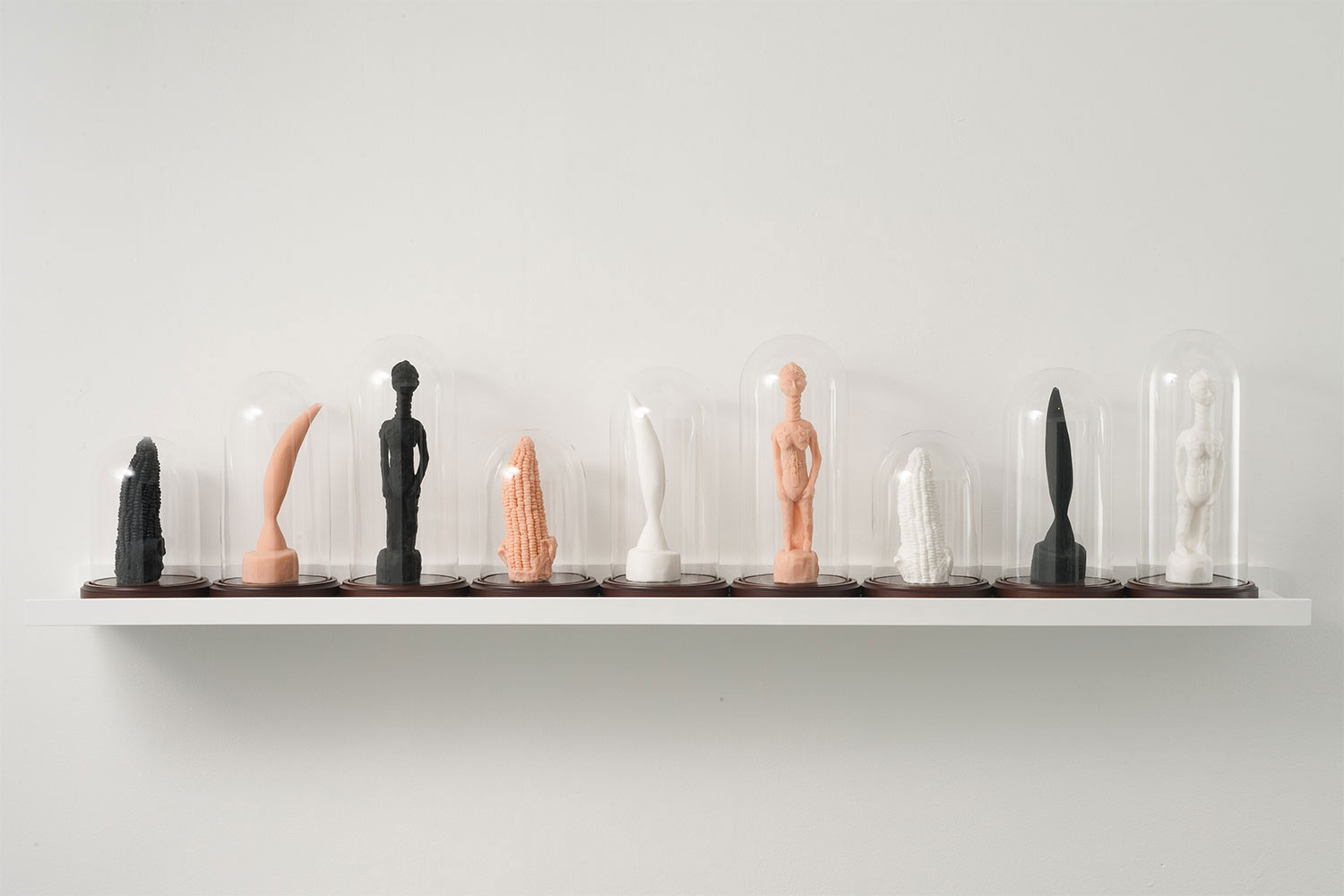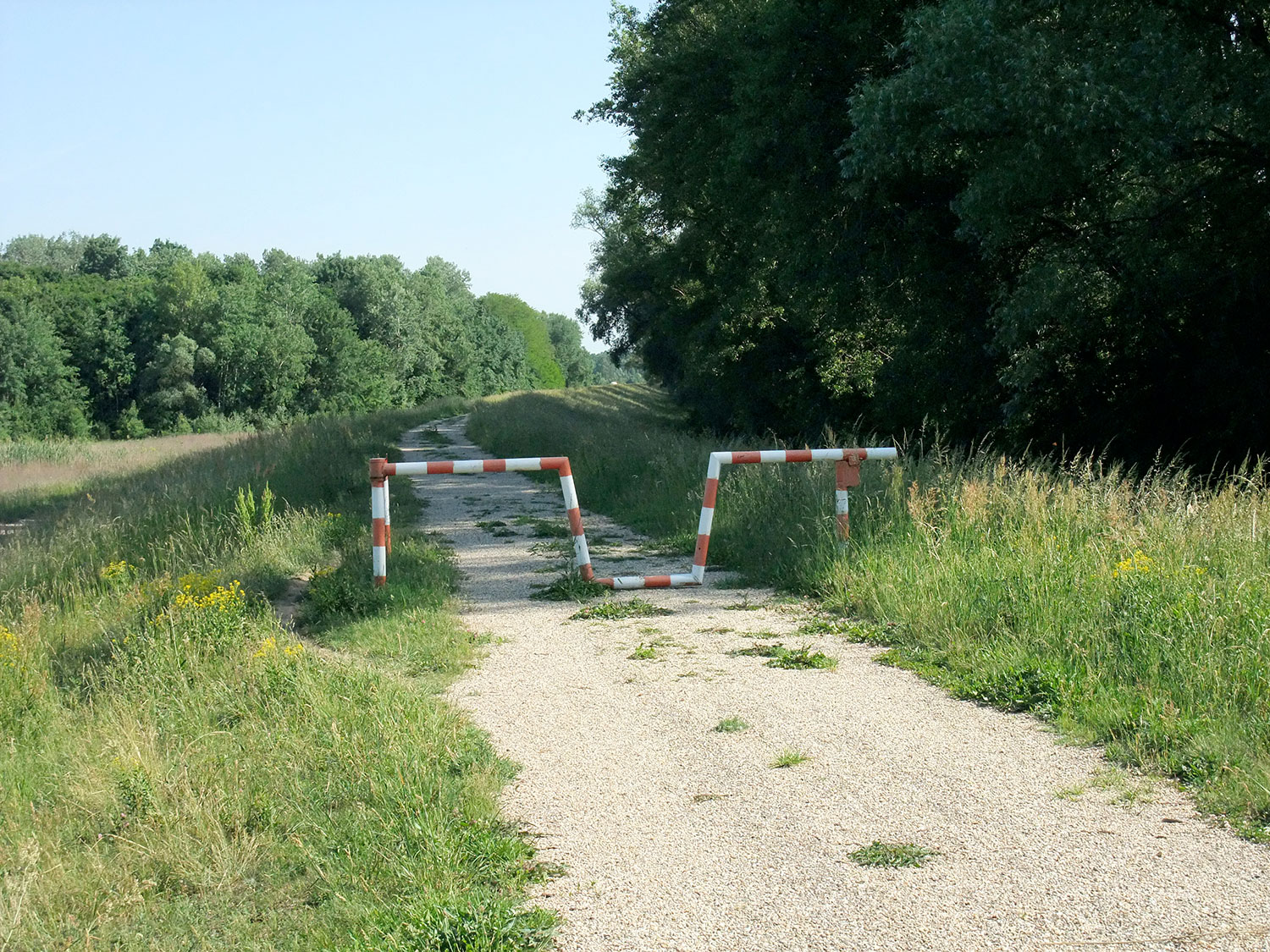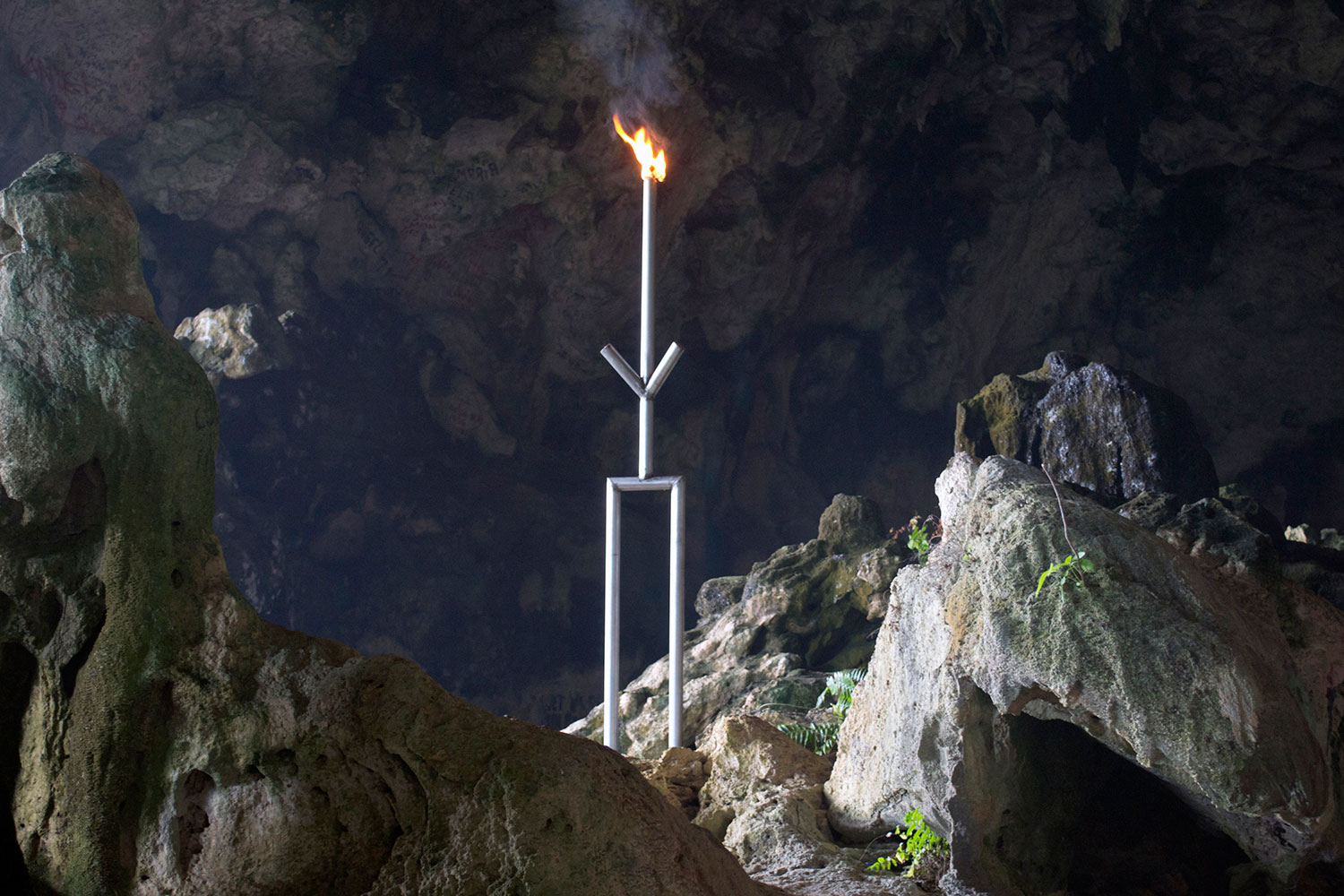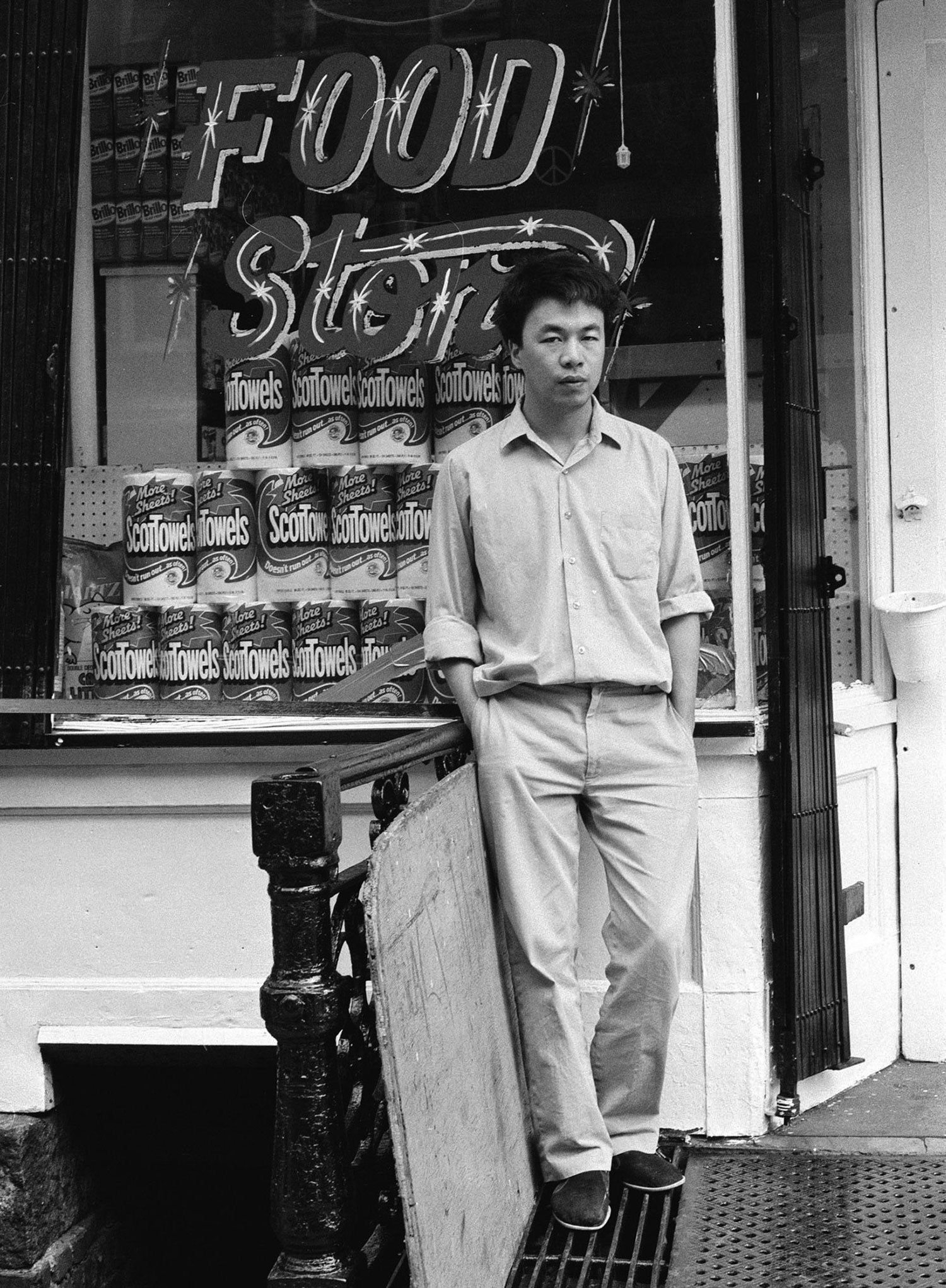
Donatien Grau: You started working in the context of the Galerie Maeght. What were your first steps in the gallery world?
Daniel Lelong: I trained as a lawyer and first worked at the Conseil d’État. I was quite passionate about what I was doing there: intellectually, it was very fulfilling. However, when Aimé Maeght invited me to join him to take care of the status of a museum he was planning on establishing in Saint-Paul-de-Vence, I found it to be a thrilling adventure. It had to do with law practice. There was no model for such status: no contemporary art or modern art foundation existed in France, back then. It was quite fascinating to look for precedents in the archives of the Conseil, and to create a status that was obviously new. The Foundation opened in July 1964. Then, I asked to be placed on leave from the Conseil d’État, for personal reasons, which was granted. During the time I was on leave, I started working full-time at the Galerie Maeght. Maeght needed someone to handle his private administration, to arrange the transportation of works, the insurance costs, etc. To take care of financial matters, really, which nobody was properly doing. And during that time when I was working full-time with him, he proposed that I started collaborating with artists. Then, he first introduced me to Calder, and told him: “This is Daniel Lelong, I trust him fully.” And Calder, with his unmistakable accent, replied: “The more you trust him, the less I trust him.” That’s how it all started.
DG: What was your dialogue with artists back then at the Galerie Maeght?
DL: With Calder, we talked about projects, about exhibitions at the Galerie, of course, and about the catalogues we were preparing for the exhibitions here. And I also worked with him a lot on exhibitions abroad. Then I went to Palma as well, to visit Miró, and I started working for him. He never asked for anything, but always paid a lot of attention to the development of what was going on. He used to tell me: “We need access: Paris, New York, Tokyo.” And then we worked on that. We looked at the paintings together, prepared exhibitions together. People often say that he wasn’t talkative, which is true. But with Jacques Dupin and myself, he talked a lot, because he talked about his work. He was passionate indeed, but always let us have our own interpretation, our own freedom towards the work. I have always said that Miró kept taking risks, enormous risks, all his life. He took risks insofar as he used all kinds of materials and all kinds of forms, and also insofar as he considered chance as a blessing. One day we went to his studio and there were sheets of paper on a table and, on the first sheet, they were traces of the cat’s feet. Most people would have been upset about wasting a sheet of paper; he was just extremely happy about it and said, “That’s amazing!”
DG: Then the gallery evolved and became the Galerie Lelong. Tell me about this evolution.
DL: Jacques Dupin, Jean Frémon and myself first founded the Galerie Maeght-Lelong. Then the question of a definite name arose, and we needed to address it. I did not want it to carry my name, but Dupin and Frémon told me: “The clients, people know your name. The gallery must carry your name.” We asked Bacon to do an exhibition, and we opened the Galerie Lelong with a Bacon exhibition and a party we threw at the École des Beaux-Arts. Then we opened sister galleries in Zurich and New York. It was Aimé Maeght’s desire to open galleries in other places. He was already fascinated with New York, and we had opened a small office there where we organized exhibitions. A gallery director then came in, we opened a gallery uptown, which went well, until a certain number of artists, notably Sean Scully, told us: “We need the gallery to be downtown, everything’s happening there.” We opened a space there, and we now happily work from there. It’s a very American space for a French gallery. At the beginning, Jean Frémon took care of the American artists, as he traveled regularly to New York.
DG: The gallery is also famous for being a meeting point between the international art world and the French art scene. Would you describe it as an international French gallery?
DL: Obviously. We have always had international artists — we need to be an international gallery. At the time we started, people from the École de Paris were all great, but you could never imagine selling a work in New York, in Detroit or in Philadelphia. That was a real problem; people needed to stay in their cocoon. We never wanted that. Therefore we went abroad. Also, Paris does not have the same place in the art world as it used to. Progressively, the landscape changed a lot: at the time of the Galerie Maeght, the big American collectors used to come to France at the beginning of spring, and we sold works by Giacometti, by Braque, by Chagall… It lasted for a while, and then, at a certain point, these visitors became scarcer and scarcer, and at a certain point they stopped coming at all. The role of Paris has changed considerably. Artists wanted to show in Paris, and we figured out the strategy for them.




